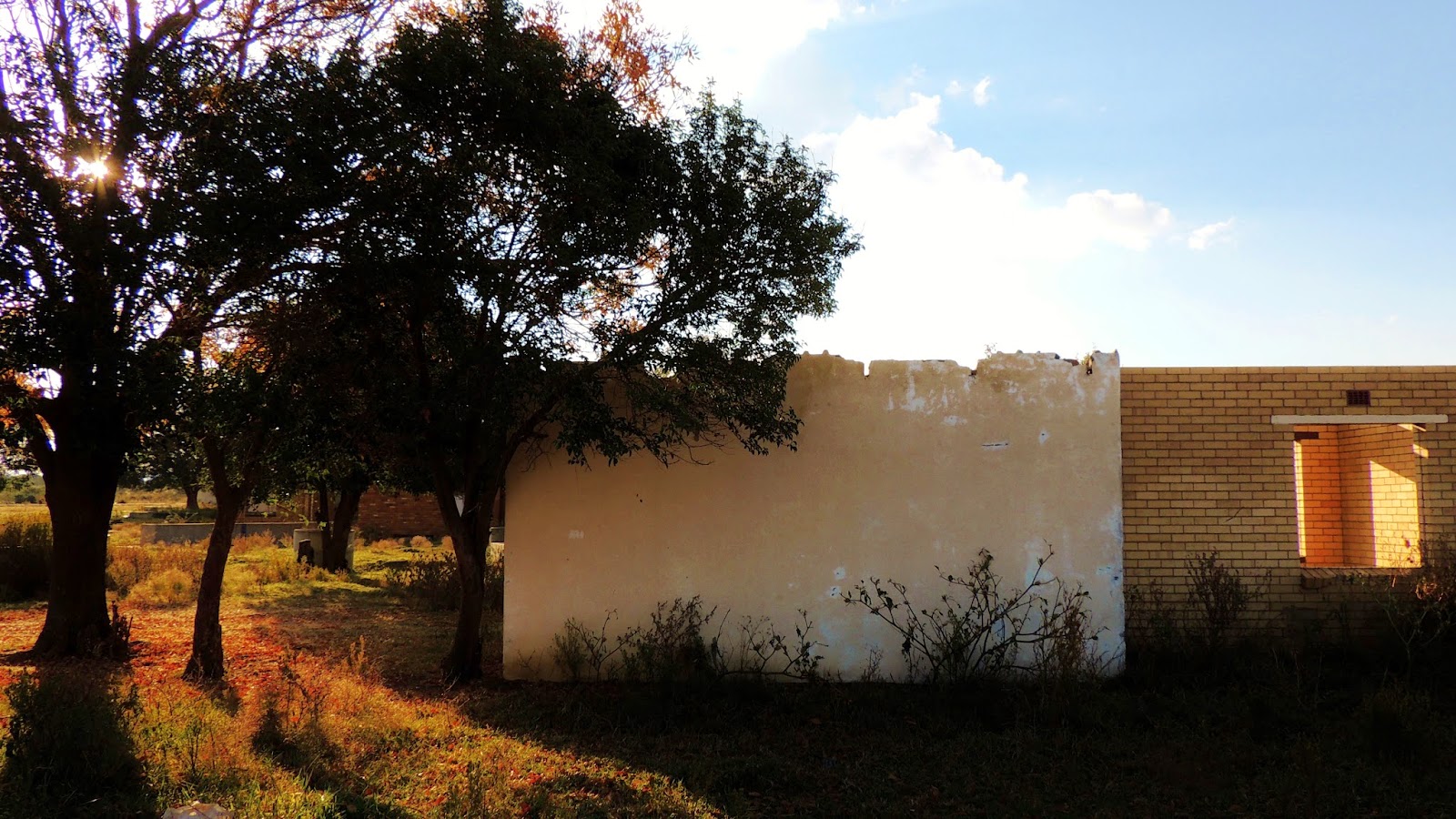Ruins
The image of an
abandoned and cracked building yielding to weeds seems to offer lessons about
the inevitable fall of overblown civilizations and the ultimate power of
nature. We are hardwired to avoid decay, an evolutionary response to the threat
of polluted materials and rotting food. It accompanies a category of abject
things which exist on the borders of the living and the dead. Yet, at the same
time, we seem to be attracted by abjection, fascinated by the way in which
dying things can change their appearance before our eyes. Ruins, it seems,
speak as much of the future as of the classical or more recent past.
We only have to look
around us to understand decay as a natural and inevitable process. It plays a
key role in the cycle of life. Cells which are not renewed, degenerate, and,
once dead, life forms decompose into simpler forms, supporting micro-organisms
and bacteria. The fertile soil from which we are sustained is, of course, the
organic product of these cycles of growth and decay.
Decay is a natural
process but we live in an age when it is no longer clear what is ‘natural’, at
least in traditional terms. The processes of decay are not, for the artist,
something to be eschewed but to be harnessed. It is this strange beauty of
decay that engrosses him more, and this is evident when looking at the
photographic images produced by artists Khahliso Matela in the town of Kokosi
in the North West Province of South Africa. Through these strange geometric
landscapes captured in his RUINS Series, the artist posits a question about the
differences between decay as a look and as a process.
As if on the cusp of
decay, the structures depicted in these photographs represent an undeniably
beautiful yet enigmatic impermanence. Abandoned interiors – the original
purpose of which seems no longer clear – have succumbed to nature. Decay and
ruination provide value in the contemporary imagination because they can remind
us of the age of things. In this view of the past, a cracked and broken
monument is more resonant than a pristine one.























